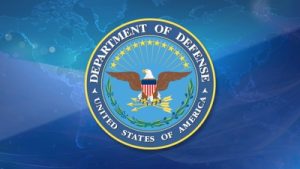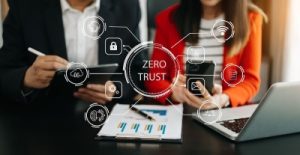
Artificial Intelligence (AI) is being incorporated into the function of government in numerous ways. The AI.gov website includes more than 700 AI use cases across federal agencies.
Among the many projects, AI is being used to:
- Develop new antibiotics
- Monitor and predict solar storms
- Declassify documents
- Simplify records consolidation
These pilot projects provide a peek into the power of AI to improve the speed and effectiveness of decision-making and service to citizens. However, for AI to have a government-wide impact, the success and challenges of these solid projects need to be shared. Continue reading








